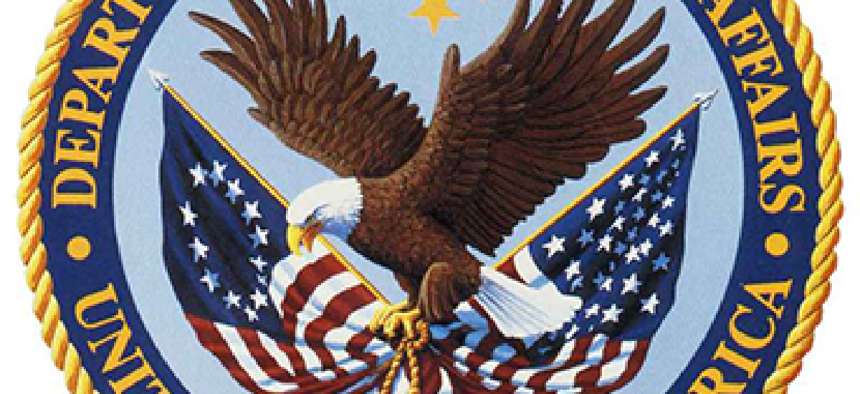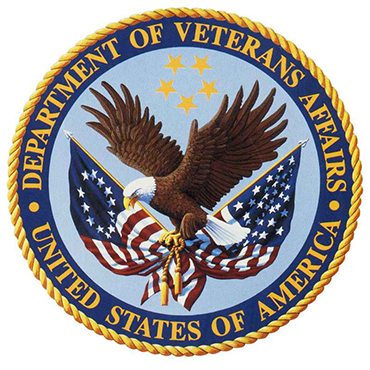VA fills in the blanks on scheduling needs

The Veterans Affairs Department was seeking a new scheduling tool even before a scandal revealed deficiencies in its existing system. Here's the latest to-do list.

WHAT: A statement of work by the Department of Veterans Affairs on scheduling IT.
WHY: You know why. The VA has been all over the news for major deficiencies in its scheduling software, and because of below-board practices by some staffers in cooking the appointments books to make it look like the agency was hitting its targets for getting new patients enrolled in the VA system and receiving care.
Even before the scandal broke, the VA was seeking a new scheduling tool, and was trying an incentive-based contest via Challenge.gov. Now the department is going a more conventional route, looking for a commercial vendor and an off-the-shelf product to integrate with VistA, its homegrown electronic health system.
A 65-page statement of work released to the public Sept. 17 gets into the weeds on what the VA is after. While the document doesn't delve into the appointments scandal, it does note that VistA scheduling dates back to the 1980s, and was designed to cover visits to VA facilities, not telemedicine, outpatient and in-home care. Because of the lack of rules built into VistA scheduling, the system can't distinguish between first-time visits and follow-ups, and can't calculate how long a vet has to wait between requesting an appointment and getting booked on a provider's schedule.
The new system would put more scheduling features in the hands of patients, and would integrate with VA's suite of mobile apps and systems, like its on-site check-in kiosks and the MyHealtheVet personalized online health record. The system would capture scheduling activities for audit purposes -- a feature that VA CIO Stephen Warren promised a Senate committee during a hearing in June. As is typical with VA, the document specifies that vendors use agile methodology in development.
Even though VA is seeking a commercial provider for the Medical Appointment Scheduling System, this isn't a plug-and-play job. The statement of work notes that the current VistA scheduling system is "dependent upon approximately 31 current VistA Packages and 71 current VistA packages are dependent upon VistA Scheduling," representing "over a thousand individual integration points." Data synchronization, then, is going to be a key challenge.
Vendors have until Sept. 26 to submit questions to VA about the procurement. The VA has said it wants a new system in place by the close of fiscal 2015.



